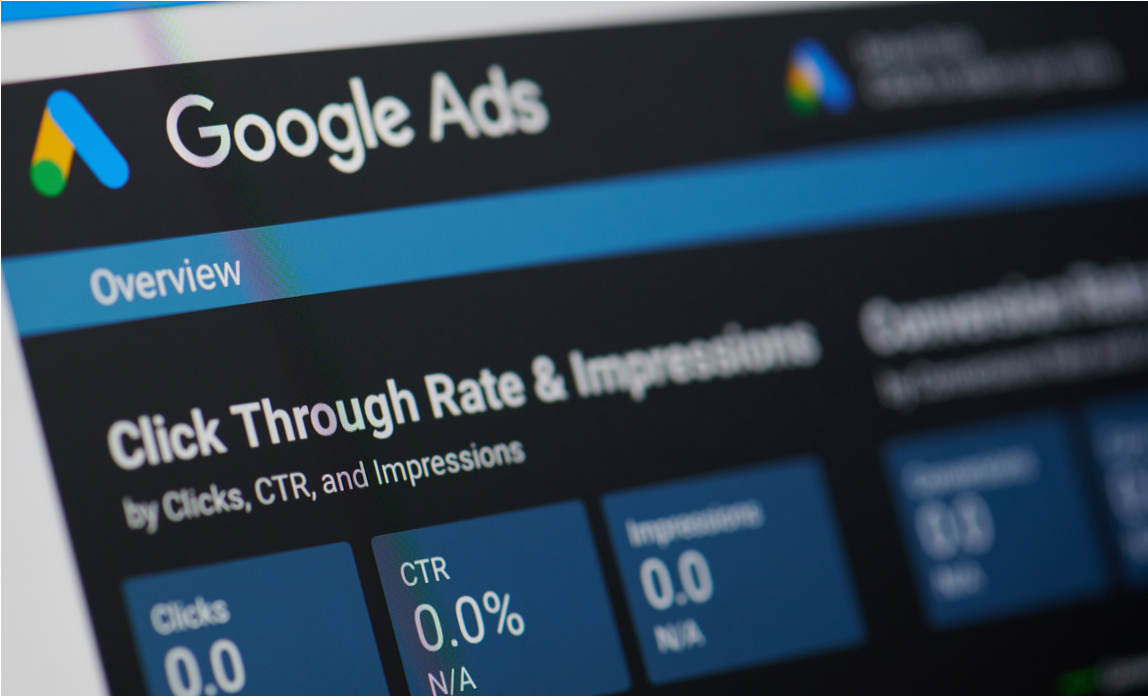


According to a Google Economic Impact Report, businesses make an average of $8 in revenue for every $1 they spend on Google Ads. This demonstrates the potential return on investment (ROI) that can be achieved through the effective use of the platform. However, maximizing ROI with Google Ads requires advanced techniques that can help businesses to increase click-through rates, improve ad relevance, and optimize ad spend.
One of the keys to maximizing ROI with Google Ads is to target the right audience with your ads. Google Ads offers a range of advanced targeting options, including geographic targeting, device targeting, audience targeting, and more.
By leveraging these targeting options, you can ensure that your ads are reaching the most relevant audience, which can help to improve click-through rates and conversion rates.
Negative keywords refer to a type of keyword that businesses can use in their Google Ads campaign to prevent their ads from showing up in search results that are not relevant to their products or services. For example, if you sell high-end luxury products, you may not want your ads to show up for searches related to budget or low-cost products.
Optimizing ad copy is crucial for improving click-through rates and conversion rates. The key is to make sure your ad copy is relevant to the search query and provides a clear value proposition.
Additionally, incorporating ad extensions, such as site links and callouts, can help to provide additional information to potential customers and increase the likelihood of them clicking on your ad.
Remarketing is a powerful technique for maximizing ROI with Google Ads. Essentially, remarketing enables businesses to display their ads to individuals who have previously visited their website or engaged with their ads. By showing ads to people who have already shown interest in your products or services, you can increase the likelihood of them converting.
Additionally, you can create custom audiences based on specific actions, such as adding items to a shopping cart but not checking out, which can help to target audiences that are most likely to convert.
Conversion tracking allows you to measure the effectiveness of your Google Ads campaigns by tracking the actions that people take after clicking on your ads, such as making a purchase or filling out a contact form. By tracking conversions, you can identify which ads and keywords are generating the most conversions and adjust your ad spend accordingly.
In conclusion, optimizing Google Ads campaigns requires a combination of advanced targeting. By implementing the above-listed techniques, businesses can increase their ROI by reaching the right audience, improving ad relevance, and measuring the effectiveness of their campaigns. With careful planning and execution, Google Ads can be a powerful tool for driving targeted traffic and increasing conversions, ultimately leading to increased revenue for businesses.